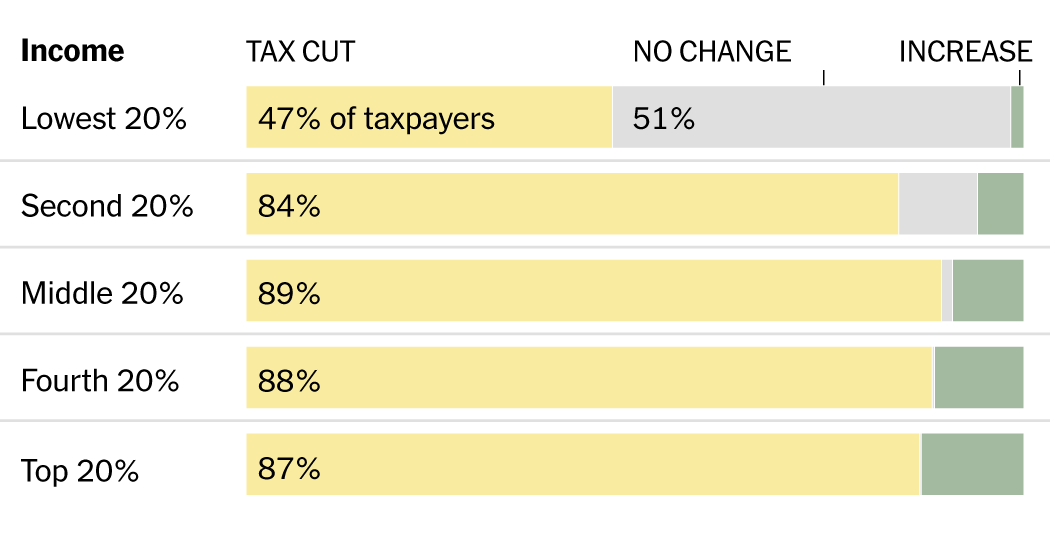BYD's EV Battery Dominance: A Case Study Addendum

Table of Contents
BYD's Vertical Integration Strategy: A Key to Success
BYD's unparalleled success isn't solely attributed to one factor; rather, it's a synergistic combination of strategies, with vertical integration playing a pivotal role. Unlike many competitors who rely on external suppliers for various components, BYD maintains control over nearly the entire EV supply chain. This comprehensive approach, from raw material sourcing to battery production and vehicle assembly, provides significant advantages.
- Cost Efficiency: Eliminating reliance on third-party suppliers significantly reduces production costs. This allows BYD to offer competitively priced EVs, appealing to a broader consumer base.
- Enhanced Quality Control: Direct control over each stage of production allows BYD to maintain stringent quality standards, minimizing defects and ensuring consistent performance.
- Faster Innovation Cycles: Vertical integration facilitates rapid implementation of new technologies and improvements, enabling BYD to stay ahead of the competition.
BYD's control extends to:
- Raw Materials: Securing access to crucial raw materials like lithium, cobalt, and manganese is vital. BYD's vertical integration minimizes supply chain disruptions and ensures a stable supply.
- Component Manufacturing: Producing critical components in-house allows for optimized design and integration, enhancing overall vehicle efficiency.
- Assembly Processes: Streamlined assembly processes, controlled by BYD, enhance production speed and efficiency.
This comprehensive strategy is a cornerstone of BYD's cost efficiency and its ability to offer high-quality, affordable EVs, directly contributing to its BYD EV battery dominance.
Blade Battery Technology: Innovation Driving Market Share
BYD's Blade Battery technology represents a significant leap forward in EV battery innovation. This LFP (Lithium Iron Phosphate) battery boasts several key advantages:
- High Energy Density: Compared to traditional LFP batteries, the Blade Battery achieves a significantly higher energy density, extending the driving range of BYD EVs.
- Enhanced Safety: Its unique cell-to-pack design and robust construction significantly improve safety, reducing the risk of thermal runaway and enhancing overall vehicle safety.
- Space Efficiency: The Blade Battery's thin, blade-like form factor allows for more efficient use of space within the vehicle, maximizing interior room and optimizing vehicle design.
Comparing Blade Batteries to other prominent technologies like NMC (Nickel Manganese Cobalt) and LCO (Lithium Cobalt Oxide), we see a clear advantage in terms of cost-effectiveness and safety, while energy density is becoming increasingly competitive. This innovative technology has been instrumental in solidifying BYD's position in the market and significantly contributes to BYD EV battery dominance.
Strategic Partnerships and Market Expansion
BYD's success isn't limited to internal innovation; strategic partnerships and aggressive market expansion have played a crucial role.
- Global Partnerships: Collaborations with key automotive players, both established and emerging, have broadened BYD's reach and facilitated technology transfer.
- International Market Penetration: BYD's expansion into numerous international markets, from Europe and Asia to North America, showcases its global ambition and market reach.
- Government Support: Government policies and incentives promoting EV adoption in various countries have further boosted BYD's growth trajectory.
Examples include successful market entries in Norway, where BYD EVs are consistently among the top sellers, and its growing presence in other European markets. These strategic moves, coupled with favorable governmental support, have accelerated BYD's path to BYD EV battery dominance.
Challenges and Future Outlook for BYD's EV Battery Dominance
While BYD's current success is remarkable, challenges lie ahead:
- Increased Competition: The EV market is rapidly evolving, with numerous competitors entering the fray. Maintaining its leading position will require ongoing innovation and strategic adaptation.
- Raw Material Price Fluctuations: Price volatility in crucial raw materials presents a potential risk to profitability. Diversification of supply sources and efficient cost management are crucial.
- Geopolitical Risks: Global political and economic instability can impact supply chains and market access. Strategic risk management is vital for mitigating these uncertainties.
To address these challenges and maintain its competitive edge, BYD will need to:
- Continue Investing in R&D: Ongoing innovation in battery technology and manufacturing processes will be essential to staying ahead of competitors.
- Strengthen Supply Chain Resilience: Diversifying raw material sources and optimizing logistics will be key to mitigating supply chain disruptions.
- Expand Strategic Partnerships: Cultivating collaborations with technology leaders and key industry players will further enhance its competitive landscape.
The future of BYD EV battery dominance hinges on its ability to navigate these challenges effectively and continue delivering high-quality, cost-competitive EVs. Further innovation in battery technology, possibly focusing on solid-state batteries, will be pivotal in maintaining its leadership.
Conclusion: Securing BYD's Continued EV Battery Dominance
BYD's remarkable ascent in the EV battery market is a testament to its innovative spirit, strategic planning, and relentless pursuit of excellence. Its vertical integration strategy, groundbreaking Blade Battery technology, and aggressive global expansion have propelled it to the forefront of the industry. The significance of BYD's achievements cannot be overstated in the context of the global transition to sustainable transportation. Its success story underscores the potential for technological innovation to drive substantial change in a rapidly evolving market. The future prospects for BYD remain bright, contingent on successfully addressing emerging challenges and continuing its dedication to cutting-edge battery technology. Stay informed about BYD's advancements in EV battery technology and its continued impact on the global electric vehicle market. Learn more about BYD's commitment to sustainable transportation solutions. The story of BYD EV battery dominance is far from over.

Featured Posts
-
 Cassie Ventura And Alex Fines Red Carpet Appearance Photos From The Mob Land Premiere
May 13, 2025
Cassie Ventura And Alex Fines Red Carpet Appearance Photos From The Mob Land Premiere
May 13, 2025 -
 Prediksi Skor Atalanta Vs Venezia Susunan Pemain Statistik And Head To Head Serie A Liga Italia
May 13, 2025
Prediksi Skor Atalanta Vs Venezia Susunan Pemain Statistik And Head To Head Serie A Liga Italia
May 13, 2025 -
 Mark Consuelos Reveals The Impact Of Kelly Ripas Live Absence
May 13, 2025
Mark Consuelos Reveals The Impact Of Kelly Ripas Live Absence
May 13, 2025 -
 Is A Sabadell Unicaja Merger On The Horizon Analysis Of Investor Discussions
May 13, 2025
Is A Sabadell Unicaja Merger On The Horizon Analysis Of Investor Discussions
May 13, 2025 -
 Detailed Look At The House Gops Trump Tax Cut Legislation
May 13, 2025
Detailed Look At The House Gops Trump Tax Cut Legislation
May 13, 2025
